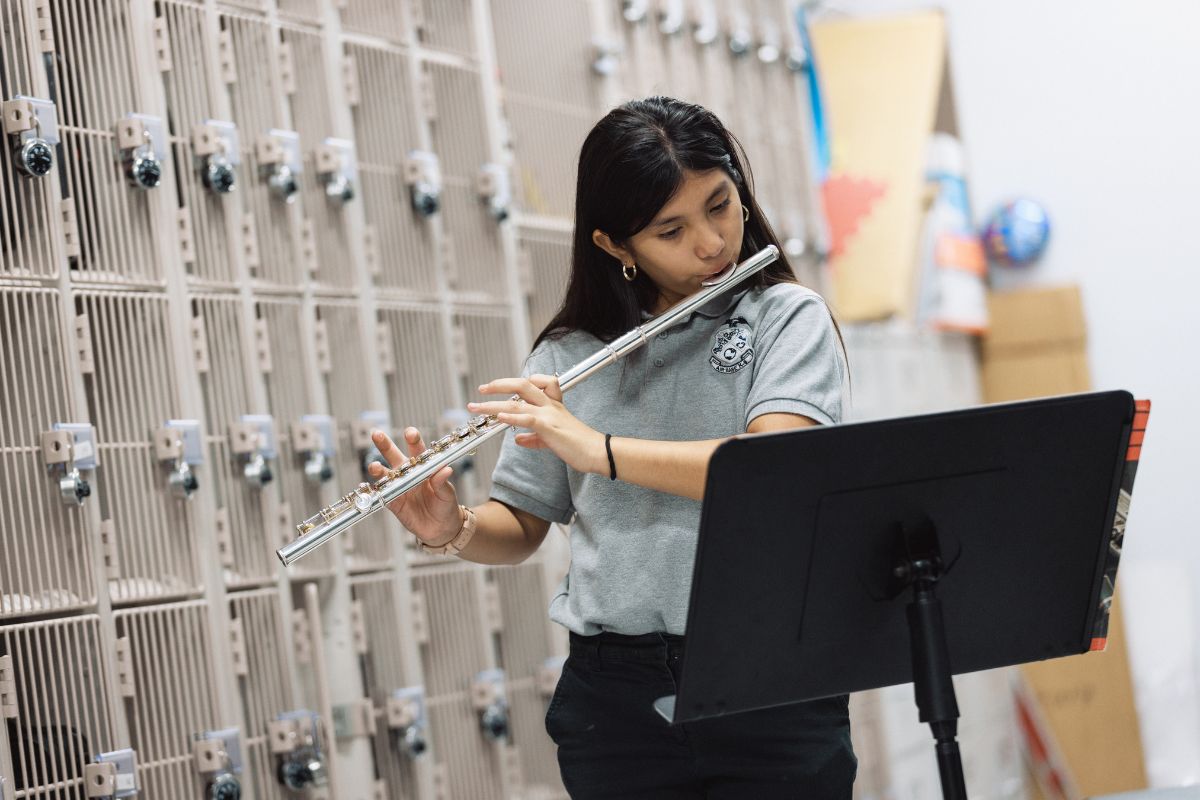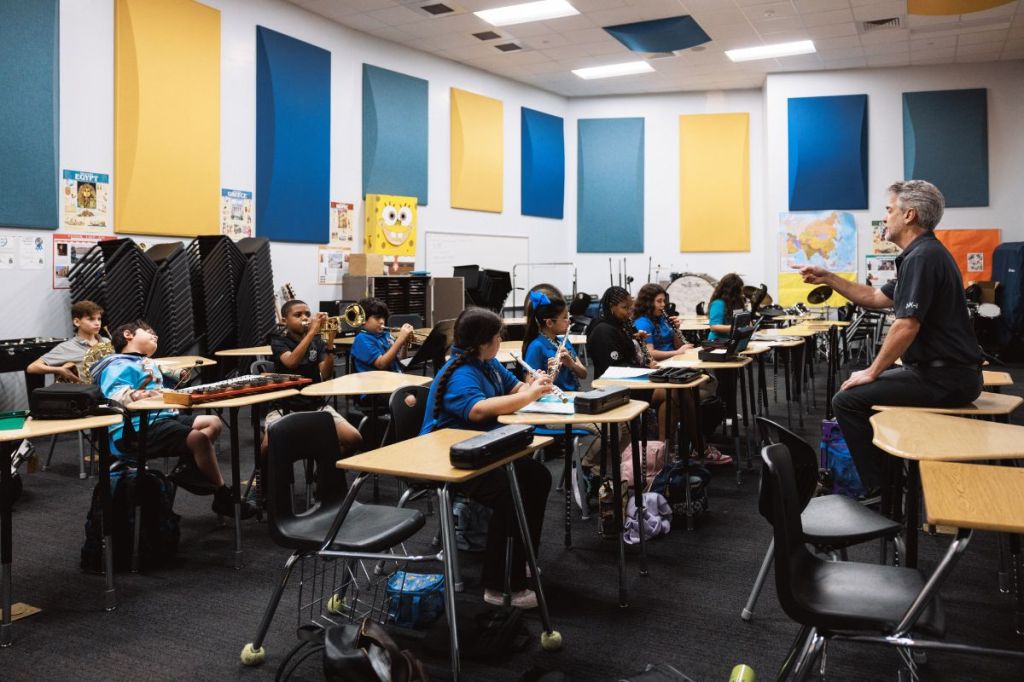
Photo by Osmany Torres.

Audio By Carbonatix
It’s always darkest before the dawn — and the future of much-beleaguered arts education in Miami is a considerably brighter after a landmark $5.6 million investment in Arts Access Miami by The Frederick A. DeLuca Foundation.
It’s a major coup for Arts Access Miami, which, utilizing an innovative first-of-its-kind model, unites 25 of the top local arts nonprofits, schools, and funders in service of a single synergistic strategy. The organization believes the influx will empower them to “bring quality arts education to 90,000-plus students across 100-plus Miami-Dade public schools by 2029, with full-county coverage by 2032.”
“This collective impact approach is unique in the country,” Arts Access Miami Director Alan Valladares tells New Times, citing partners ranging from Young Musicians Unite to The Miami Foundation. “Miami is setting a national standard, proving that investors like collaboration and showing what can happen when organizations stop competing and start collaborating.”
This is no idle boast: Since Arts Access Miami launched in 2020, student participation in arts programs in Miami Gardens jumped from 27 to 81 percent. In South Dade, that number went from 15 to 40 percent — with subsequent higher attendance rates, improved reading scores, and positive social-emotional outcomes. “Through music and the arts,” Valladares says, “students are building important skills, including concentration, collaboration, and perseverance, which support their overall learning.”
This year, make your gift count –
Invest in local news that matters.
Our work is funded by readers like you who make voluntary gifts because they value our work and want to see it continue. Make a contribution today to help us reach our $30,000 goal!

Photo by Osmany Torres
As Arts Access Miami eyes further growth in its current beachheads and expansion into the Central Dade region, the goal is to ensure no school or student is left behind. “By aligning programs by neighborhood, we make sure every student has access to the arts, and no school is oversaturated while another has nothing,” Valladares says. “The Frederick A. DeLuca Foundation’s support will allow us to expand a proven model and reach even more students and communities with high-quality music and arts education.”
Success begets success, of course, and arts education could use a shot in the arm — especially in Florida, but across the nation as well. If the Arts Access Miami “proven model” does indeed become the “national standard,” that would be among the best, most fruitful of South Florida’s many cultural exports.